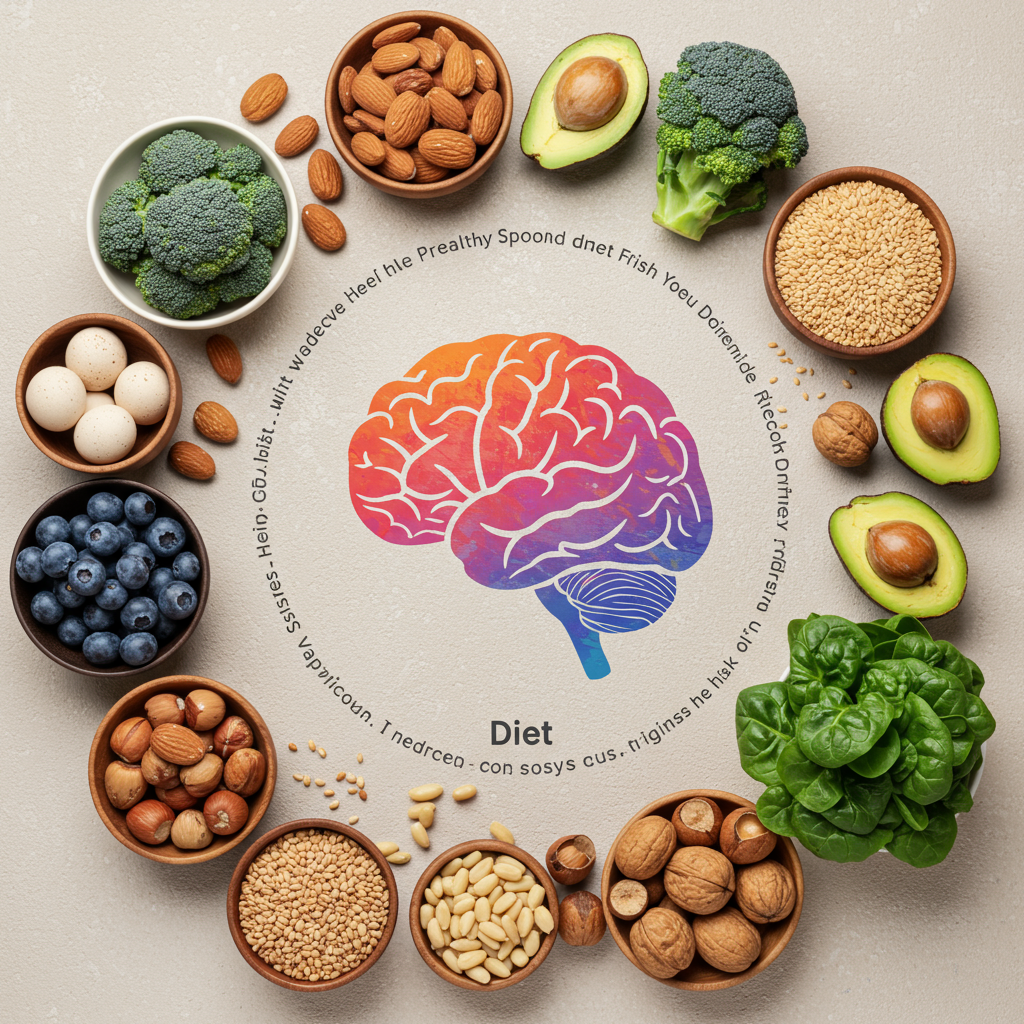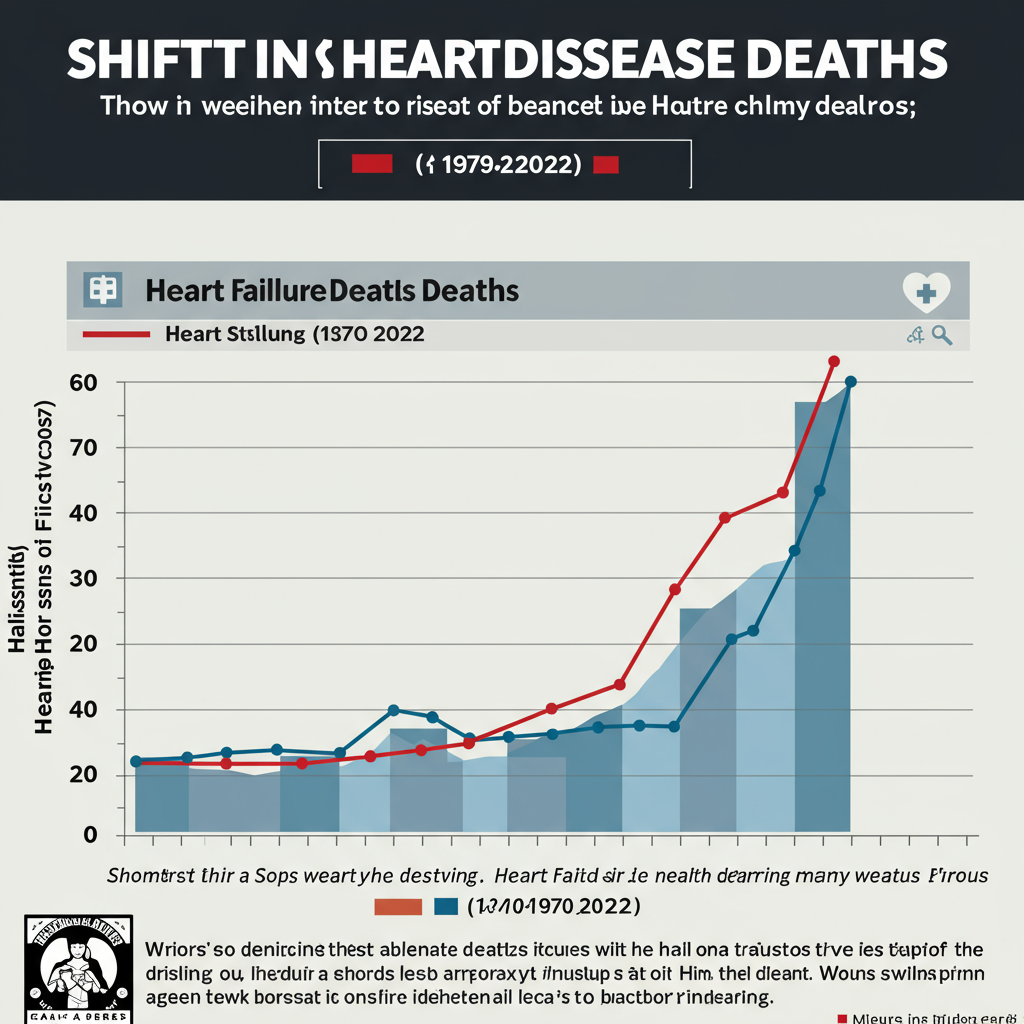For decades, neuroscience grappled with a fundamental question: Can adult humans truly grow new brain cells? Many experts believed this remarkable process, known as neurogenesis, was largely confined to childhood and adolescence. The prevailing view held that once the brain matured, we were left with a fixed number of neurons. However, groundbreaking research has finally provided compelling evidence, effectively settling this long-standing debate. Yes, adults do generate new brain cells, a finding with profound implications for our understanding of brain health, memory, mood, and potential future therapies.
The Longstanding Mystery of Adult Neurogenesis
The brain region most associated with generating new neurons is the hippocampus. This area is critical for learning, memory formation, and even regulating mood and emotions. While studies in children and adult animals like mice and macaques clearly showed neurogenesis occurring in the hippocampus, definitive proof remained elusive in adult humans.
Scientists had identified stem cells and immature neurons in the adult human hippocampus. These are the precursors to new neurons. But the crucial “missing link” was evidence of progenitor cells – the intermediate cells that rapidly divide to produce large numbers of immature neurons. Without clear evidence of these dividing progenitor cells in adults, many researchers doubted that significant neurogenesis could be happening. This absence fueled the contentious debate.
Breaking the Stalemate: A New Research Approach
To finally settle the question, a team led by Jonas Frisén at the Karolinska Institute in Sweden developed an innovative approach. They needed a way to accurately identify those elusive progenitor cells in adult human brain tissue. Their strategy involved leveraging machine learning technology.
First, they created sophisticated AI models. To train these models to recognize progenitor cells, they used hippocampus samples from young children. In children, neurogenesis is robust, and progenitor cells are more easily identifiable based on their genetic activity. The researchers analyzed the activity of about 10,000 genes in these samples. They then trained the AI models to recognize the unique “molecular fingerprint” of childhood progenitor cells.
Validating the Tools Before Searching for Answers
Before applying their models to adult samples, the team rigorously validated their accuracy. They tested the models on hippocampus samples from young mice, where adult neurogenesis is well-established. The models correctly identified the vast majority of progenitor cells and had a very low error rate.
Further validation came from testing the models on samples from the adult human cortex. The cortex is a brain region where neurogenesis is not believed to occur in humans. As expected, the models correctly predicted an almost complete absence of progenitor cells in these samples. This thorough validation process significantly bolstered confidence in the models’ ability to find progenitor cells if they existed in the adult human hippocampus. Experts praised this careful, multi-step validation.
Finding the Missing Link in Adults
With their models validated, the researchers turned their attention to adult human hippocampus samples. They examined tissue from 14 individuals who had died between the ages of 20 and 78. A key step, crucial for the study’s success and often missing in prior research, was enriching the samples for dividing cells.
Using a specific antibody, they isolated brain cells that were actively dividing at the time of death. This technique helped them focus on potentially rare progenitor cells while excluding the vast majority of non-dividing mature neurons. They then analyzed the genetic activity of these dividing cells using their machine learning models.
The results were clear and compelling: progenitor cells were identified in the hippocampus of nine out of the 14 adult donors. This finding provided the definitive evidence that neurogenesis, the process of generating new neurons from cell division, occurs in the adult human brain. Experts in the field hailed the discovery as a “missing link” that represents a significant step forward, confirming that neurons are indeed born from cell division during adulthood.
Quantifying the Constant Renewal
While adult neurogenesis doesn’t occur at the rapid pace seen in infants, it is a continuous process. Research suggests that adult humans produce, on average, about 700 new neurons every single day. Although this number seems small compared to the billions of existing neurons, these newly generated cells are not insignificant. They are believed to integrate into the existing neural circuits and play important roles, particularly within the hippocampus.
Interestingly, studies indicate that this capacity for neurogenesis persists throughout life. Healthy older adults, even in their seventies, can produce new neurons at rates comparable to teenagers. This challenges previous notions that the ability sharply declines with age and suggests that supporting this process could be key to maintaining cognitive function as we age.
Why New Neurons Matter: Memory, Mood, and More
The hippocampus’s role extends beyond just forming new memories. It is intimately connected to our emotional regulation and mood. The continued generation of neurons in this specific region is therefore considered crucial for overall mental health and cognitive vitality. Disruptions or reductions in adult neurogenesis have been implicated in conditions affecting memory and mood.
Individual rates of neurogenesis likely vary among adults. Just like in rodents, genetic and environmental factors are believed to influence how many new neurons are generated in different people. This variability opens the door to exploring how lifestyle choices and external factors might impact this vital process.
Boosting and Hindering Your Brain’s Ability to Grow
Understanding that adult neurogenesis is happening, and that it’s sensitive to influence, empowers individuals. Research highlights several lifestyle factors that can either support or hinder the production of new brain cells.
Factors That Can Increase Neurogenesis:
Engaging in Learning: Actively learning new skills or information stimulates the process. This includes learning a new language or even simple actions like taking varied routes during a walk.
Physical Activity: Regular aerobic exercise, such as running, has a positive impact on generating new neurons.
Dietary Choices: Specific foods and eating patterns appear beneficial. This includes calorie restriction (by 20-30%), practicing intermittent fasting (spacing out meals), and consuming foods rich in flavonoids (like blueberries and dark chocolate) and Omega-3 fatty acids (found in fatty fish).
Certain Social Behaviors: Engaging in intercourse has also been linked to increased neurogenesis in studies.
Factors That Can Decrease Neurogenesis:
Chronic Stress: Prolonged exposure to stress hormones is highly detrimental to the birth and survival of new neurons.
Chronic Sleep Deprivation: Consistently getting insufficient sleep negatively impacts neurogenesis.
Unhealthy Diet: Diets high in saturated fats can hinder the process.
Alcohol Consumption: Ethanol (alcohol) intake is shown to decrease neurogenesis.
Finding a balanced approach to these factors is key. Striving for perfect adherence to every “good” behavior could itself become a source of stress, counteracting the benefits. Prioritizing consistency and finding routines that feel sustainable is more effective.
Looking Ahead: Therapeutic Potential
The confirmation of adult neurogenesis sparks considerable speculation about potential therapeutic applications. Could boosting this natural brain process help treat conditions like depression or Alzheimer’s disease, which are associated with cognitive decline and mood disturbances? Some researchers are hopeful that drugs designed to stimulate neurogenesis might one day alleviate symptoms.
However, not everyone agrees on the potential impact. Some caution that the relatively small number of new neurons generated daily might not be sufficient for significant therapeutic benefit. Others counter that even a small number of new neurons can have important functional roles, citing studies in mice where limited neurogenesis significantly impacts learning and memory. More research is needed to fully understand the functional impact of these new cells in humans and whether manipulating the process is a viable treatment strategy.
Frequently Asked Questions
How many new brain cells do adults create each day?
Research suggests that adult humans produce around 700 new neurons daily. While this is a small number compared to the total number of brain cells, these newly generated neurons are thought to be important for brain function, especially in areas related to learning and mood.
Where in the brain do adults grow new neurons?
In adults, the generation of new brain cells, or neurogenesis, is primarily concentrated in the hippocampus. This brain region plays vital roles in forming memories and regulating emotions, highlighting why ongoing neurogenesis in this area is significant for overall brain health and mental well-being.
Can lifestyle choices influence how many new brain cells an adult grows?
Yes, studies show that lifestyle choices can significantly impact adult neurogenesis. Actions like learning new things, regular exercise, practicing calorie restriction or intermittent fasting, and consuming beneficial fats (Omega-3s) and flavonoids can help increase the process. Conversely, chronic stress, sleep deprivation, and diets high in saturated fats or alcohol can hinder it.
The Future of Understanding Our Adaptable Brain
The conclusive evidence that adult humans continuously generate new brain cells is a major scientific milestone. It overturns a long-held belief and highlights the remarkable adaptability of the human brain throughout life. While we now know that neurogenesis persists into old age and is influenced by lifestyle, the full extent of its functional impact and therapeutic potential is still being explored. This ongoing discovery opens exciting avenues for future research into maintaining cognitive vitality, improving mental health, and potentially developing novel treatments for neurological and psychological conditions. Our brains are not static; they are dynamic, capable of growth and change, offering new hope for a healthier future.




